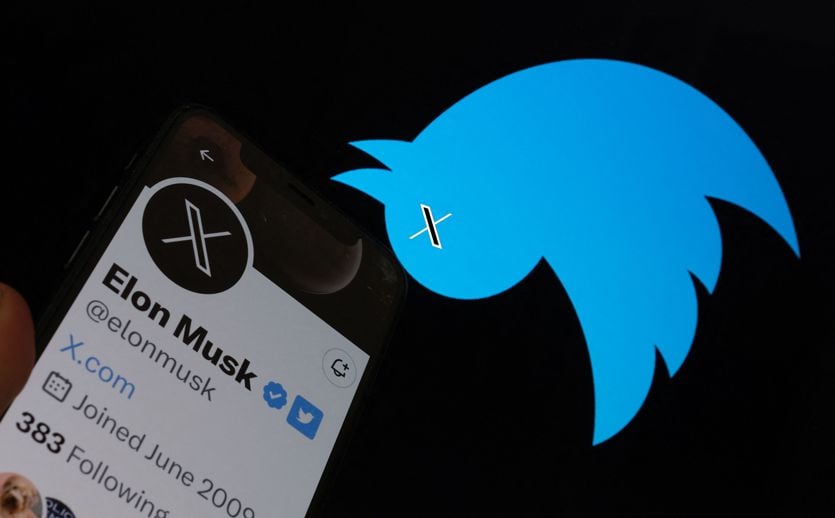From Lisa to Lisa: The Incredible Story of Apple Computers Buried in a Utah Landfill

Steve Jobs was many things: an entrepreneur, an innovator, a visionary, probably a genius. Steve Jobs was also a father. But he was not a good father. At least not for her first daughter, whose name is Lisa: everyone who knew him tells it, the chronicles (including judicial ones) demonstrate it, it is clearly written in the excellent biography signed by Walter Isaacson.
After denying paternity in May of 1978at the birth of Lisa, he then tried to make up for it, agreed to pay for her maintenance, he got closer to her, the two reconciled and on the death of the co-founder of Apple, Lisa would have received "a millionaire inheritance", at least according to rumors of printing.
The anniversary
40 years since the first Motorola mobile phone: how a phone in your pocket changed our lives
by Emanuele Capone, Bruno Ruffilli

Cupertino before the arrival of Macs
However, it is interesting to note that the strengthening the relationship with Lisa both came after Jobs' farewell to Apple and above all after the Lisa went on sale, the computer that preceded the Macintosh in the lineup of the Cupertino company. And that evidently had the name he had for that forgotten little girl, sort of an attempt to atonement through interposed technology which Jobs first denied (saying that Lisa stood for Local Integrated Systems Architecture) and then only admitted decades later.
The Lisa was unveiled in early 1983, marketed the following June and remained available until 1985: it was an innovative computer, well made, which worked well but had very little success. Mainly for two reasons: it cost a fortune (around 10,000 dollars, against around 1,500 for a PC at the time) e Jobs preferred the Mac to him, abandoning it in 1984 just as he had abandoned the girl who had given him his name. He met a not only ugly but also indecorous end, if it is true that the last 2700 unsold Lisas were buried by Apple in a landfill in Logan, a town in Utah.

youtube: the Apple Lisa documentary
The Story of Lisa Computers Buried in Utah
The story is not well known, both because it would have happened almost 35 years ago and because Apple (understandably) is not happy to be talked about, just as no company is happy when its failures are talked about. So much so that very few traces of it can be found online: there is only one a Herald Journal article from September 24, 1989, reprinted (here) by Tech Insiders. Stop.
At least up to the present day, until the colleagues of The Verge have decided to tell the whole story, even going in person to Logan and walking on the ground where the Lisas would be buried (map below), both in writing and with a 30-minute documentary that is really worth seeing. RaeAnne Thayne appears in the video, the Herald reporter who covered the story at the time, and above all Bob Cook, a computer dealer which in 1986 obtained from Apple the license to buy a batch of about 7,000 Lisas (more or less all those left), put them back into operation, sell them and take care of customer support.
Nobody from Apple appears, of course: according to what The Verge told, the company would declined to be involved in the documentary, preferring not to comment. In short, don't explain why, 3 years after having given the Lisas to Cook, he demanded to have them back to be buried in a landfill.

google maps: where is logan dump
Tech Test
The proof: MacBook Air 15", how the new large-screen Apple laptop looks and feels
by Bruno Ruffilli

Like Atari with the ET video game
Even if in the end the reason is clear: with the arrival of Macs, which they worked well and sold well (although not as well as Apple would have hoped), the Cupertino-based company wanted everything except its name and logo to be associated with a commercial disaster like the Lisa had turned out to be.
And so he did an incredible thing that wasn't so incredible, given the illustrious precedents: just like Atari had done exactly 6 years earlier, in September 1983, with the cartridges of the video game taken from ET (here some photos), rented some trucks, hired someone to do the dirty work and some security personnel to dissuade the most curious and swept the proverbial dust under the proverbial carpet. Why Jobs wasn't a good father to all of his computers eitherevidently.
@capoema











